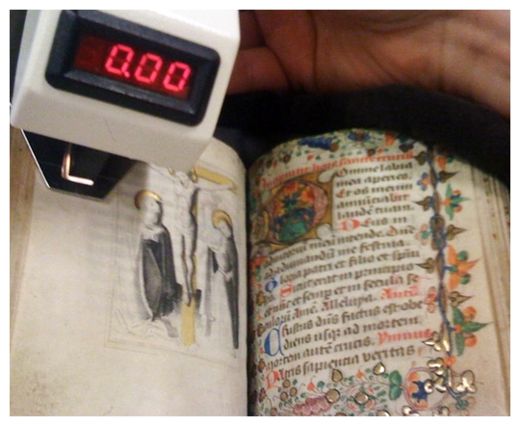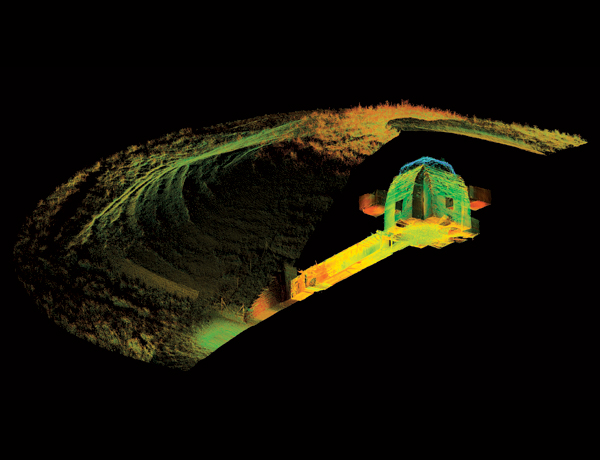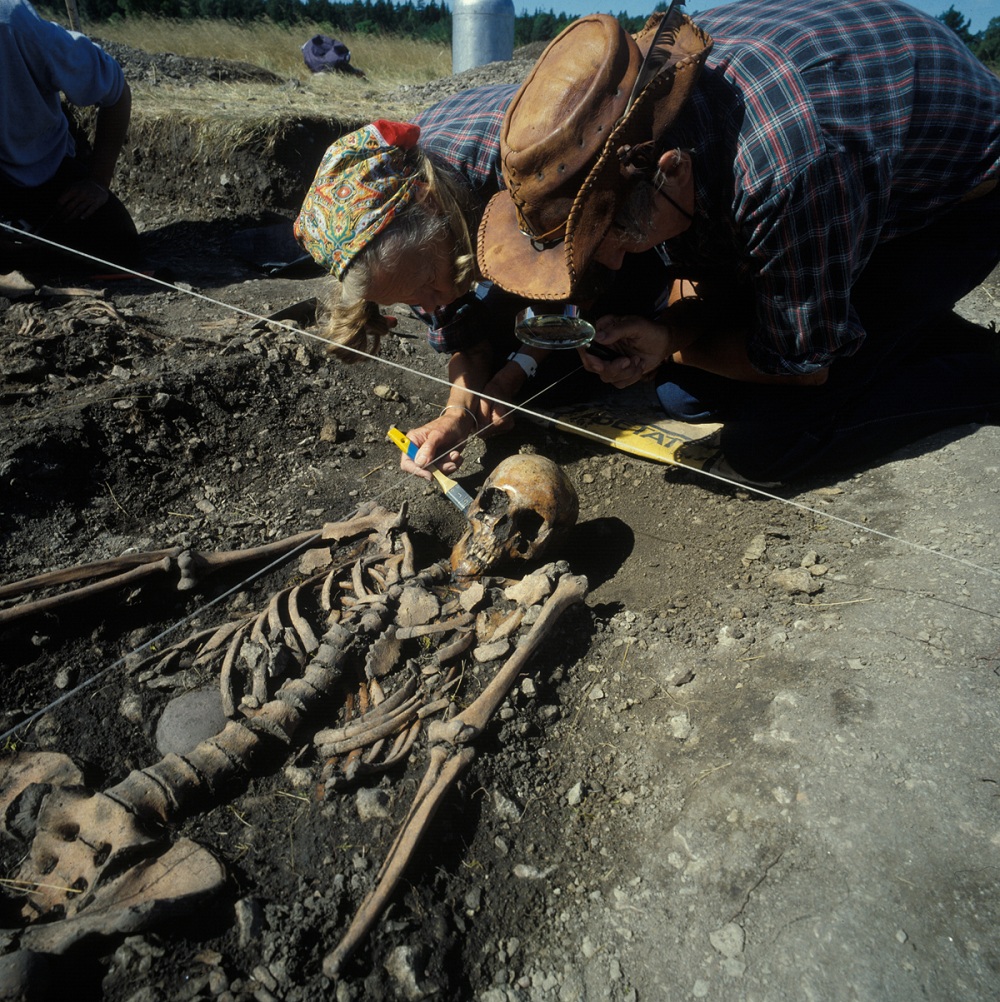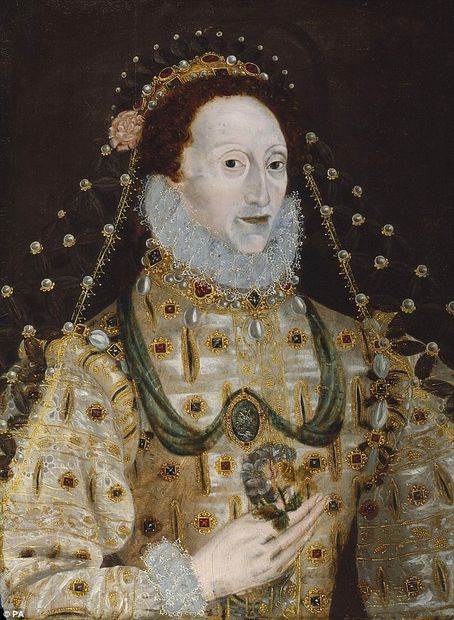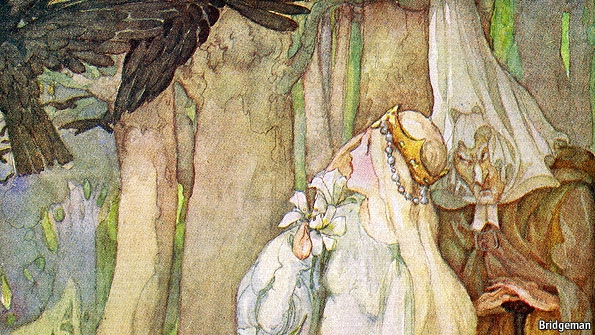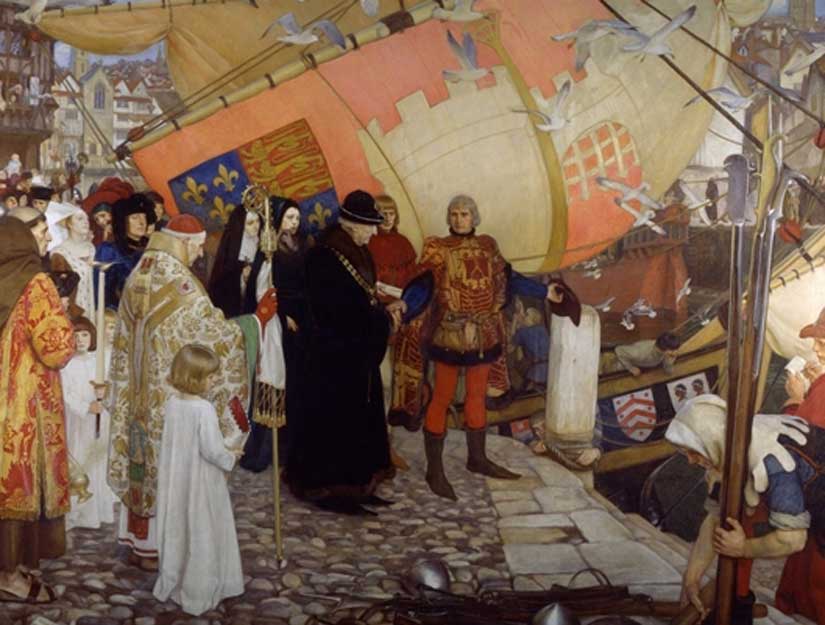
© Bristol's City Museum and Art Gallery"The Departure of John and Sebastian Cabot from Bristol on their First Voyage of Discovery in 1497," as painted in 1906 by Ernest Board.
An investigation worthy of a Dan Brown novel has shed new light on the voyages of John Cabot, the Italian navigator and explorer, revealing that he may have had knowledge of European expeditions to the "New World" that predated Christopher Columbus's 1492 voyage.
Although commonly credited with "discovering" America, Christopher Columbus would not reach the mainland of the New World until 1498 when he sailed to South America.
Farther north, Cabot became the first European since
Leif Ericson and the Vikings to land on North American soil when he made three voyages for England's Henry VII between the summers of 1496 and 1498. The second of these expeditions, carried out in 1497, resulted in the European discovery of North America -- at Newfoundland.
Now a brief entry in a yellowed accounting ledger has revealed an unexpected European dimension to Cabot's discovery: In April 1496, the Italian-born explorer received financial backing from an Italian bank -- the Bardi banking house in London.
The notation -- found through some serious sleuthing of the works of Alwyn Ruddock, a deceased, secretive historian -- would also suggest that Europeans may have discovered the New World decades before both Cabot and Columbus set sail.
Found in a private Florentine archive, the document records that a payment of 50 nobles sterling was made to "Giovanni Chabotte" (John Cabot) of Venice so that he could undertake expeditions "to go and find
the new land."
"This brief entry opens a whole new chapter in Cabot scholarship. It shows that the Bristol voyages were part of a wider network of Italian-supported exploratory enterprises," historian Francesco Guidi-Bruscoli, of the University of Florence, told Discovery News.


